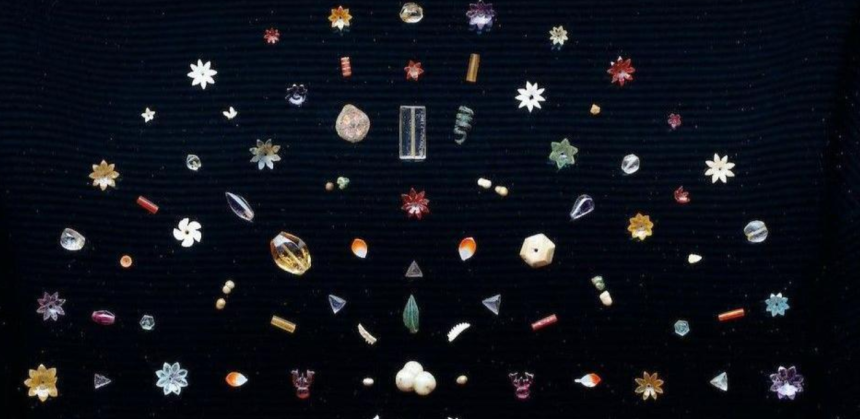Auction Halted Amid Cultural Outrage
In May, Sotheby’s prepared to auction over 300 ancient jewels—known as the Piprahwa Gems—in Hong Kong. India’s Ministry of Culture immediately objected, issuing a legal warning calling the sale a violation of national and UN heritage laws. The relics were deemed part of India’s “inalienable religious and cultural heritage,” sparking protests from Buddhist leaders and scholars worldwide.
Gems Linked to Buddha’s Remains Returned After 127 Years
On July 30, India officially received the collection—comprising 334 gems including amethysts, pearls, garnets, coral, gold sheets, and shells. Unearthed in 1898 by British engineer William Claxton Peppé in Piprahwa, Uttar Pradesh, the jewels were believed to have been buried with the cremated remains of Buddha circa 240–200 BC.
Sovereignty, Spirituality, and National Pride
Prime Minister Narendra Modi hailed the return as a “joyous day for our cultural heritage” and affirmed the gems’ global Buddhist significance. India viewed the recovery as part of a broader effort to reclaim artefacts lost during colonial rule.
A Landmark Public–Private Repatriation
The gems were acquired by Godrej Industries Group, which partnered with the Indian government in what officials described as an “exemplary public–private collaboration.” Sotheby’s facilitated the transfer, and the relics are now enshrined at the National Museum in Delhi, with formal public display planned soon.
Sacred Beyond Commodity
The Peppé family—descendants of the original excavator—retained roughly 20% of the collection. Their plan to auction the gems prompted global backlash, as many Buddhists believe jewels are spiritual remnants akin to bodily relics. Critics argued the 2025 sale perpetuated colonial exploitation.
Ethical Questions and Scholarly Critique
Some commentators questioned India’s approach—highlighting that while earlier excavations remained in public museums, the government used diplomatic leverage to reclaim this private portion. Debates continue about whether purchasing heritage items sets a problematic precedent, and whether religious custodianship should transcend market transactions
What Lies Ahead
- A high-profile unveiling ceremony is expected, attended by Buddhist monks and cultural dignitaries.
- The Ministry of Culture plans international outreach, hoping to foster pan-Buddhist access and shared guardianship.
- This case is likely to influence future heritage repatriation efforts, setting a model for how countries negotiate restitution without auction sales.
Final Take
The return of the Piprahwa gems represents a historic convergence of archaeology, faith, and cultural restitution—from colonial extraction to modern repatriation. As India begins public exhibition of these artefacts, the moment stands as a powerful symbol of national identity and recognition of spiritual heritage beyond commodification.










